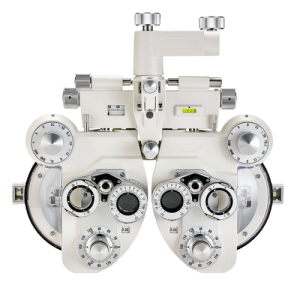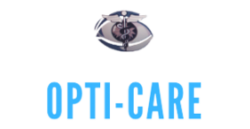What We Do
Objective Refraction

Quality . Value . Professional
Objective refraction includes retinoscopy and the use of autorefractors, which are appearing in optometric practice in increasing numbers.
In general, objective methods are not required to give us a final prescription.
They merely need to get us to a point from which subjective methods can take us to the end point accurately and quickly. Increasingly, phoropter heads are used instead of trial frames. Modern automated lens carriages allow fast lens insertion, greater accuracy in axis location, more rapid comparison presentation of lenses, use of variable prism, and a variety of further options depending on the model, such as immediate comparison of new refractive findings with previous results.
They are not advisable for a few situations, notably low vision assessment and over-refraction of multifocal contact lenses, where the reduced light levels may affect visual performance or pupil size respectively. This is our inital part of the assessment of the refractive error and astimatism (if any).
The objective measurement can be taken using an automated machine called an ‘autorefractor’ or manually using an instrument called a ‘retinoscope’.
Retinoscopy is a highy skilled task and requires good co-operation from the patient for the best results. This gives our optometrist an overall guide to the refractive error of your eyes.
If you already have glasses, then your old prescription can serve as a starting point from which the examination can be progressed. Our optometrists at Opti-Care Eye Clinic are best qualified to decide how they carry out your refraction.
Service Policy
Professional, satisfaction and guaranteed service
High Recommendation Rate
Fast and efficient treatment with speedy service.
People's Choice
We reward our customers every time they use our service.
